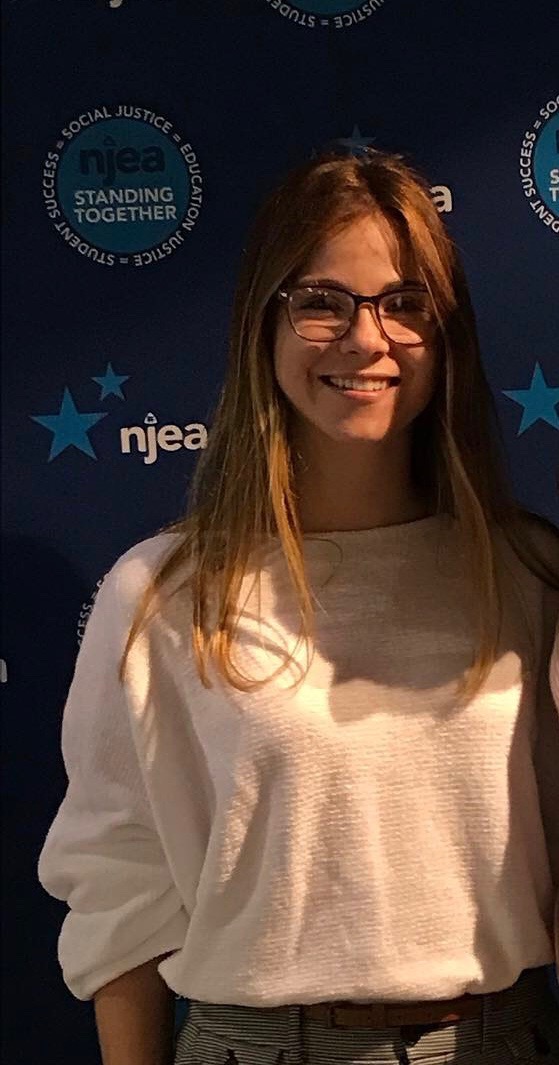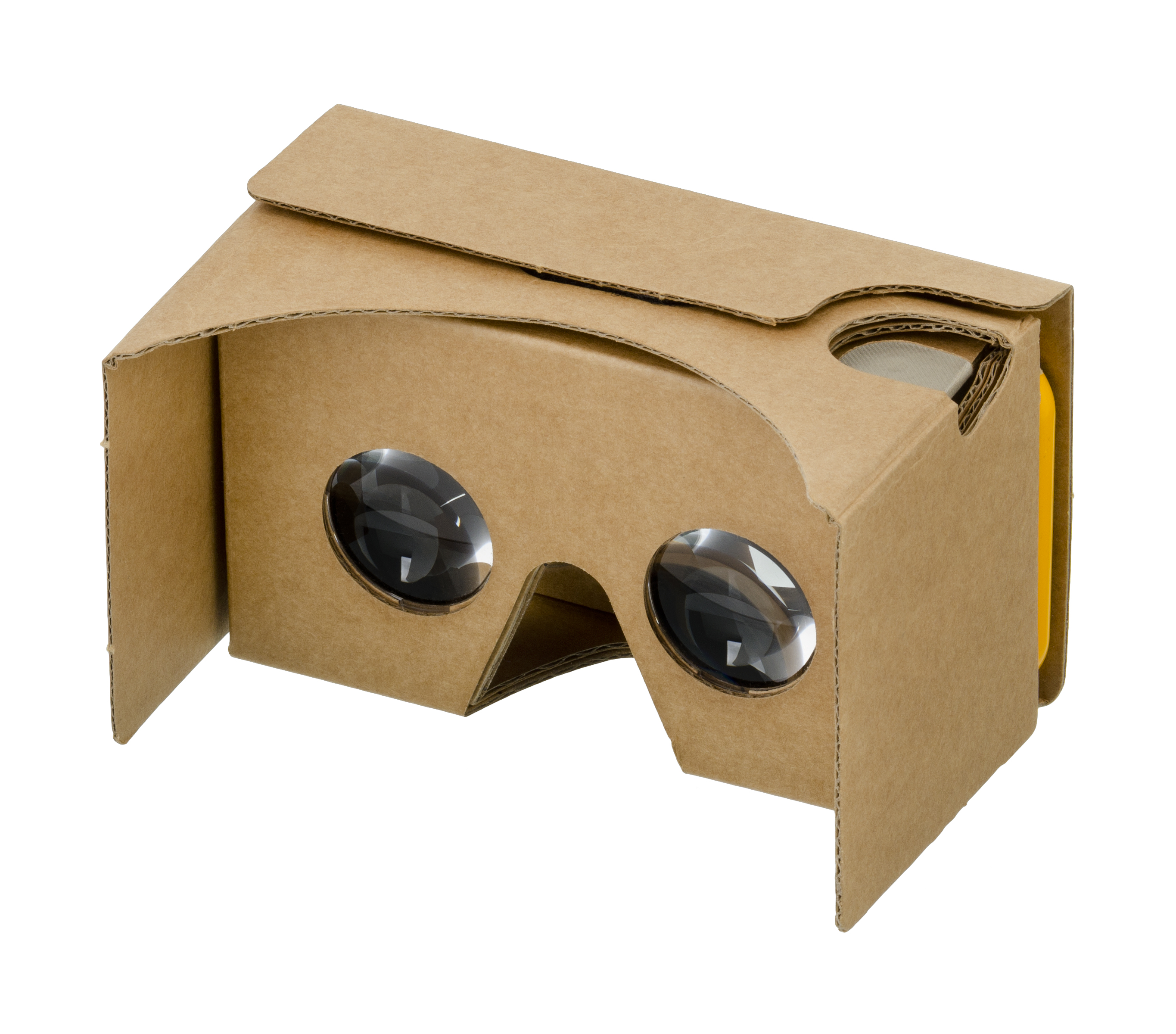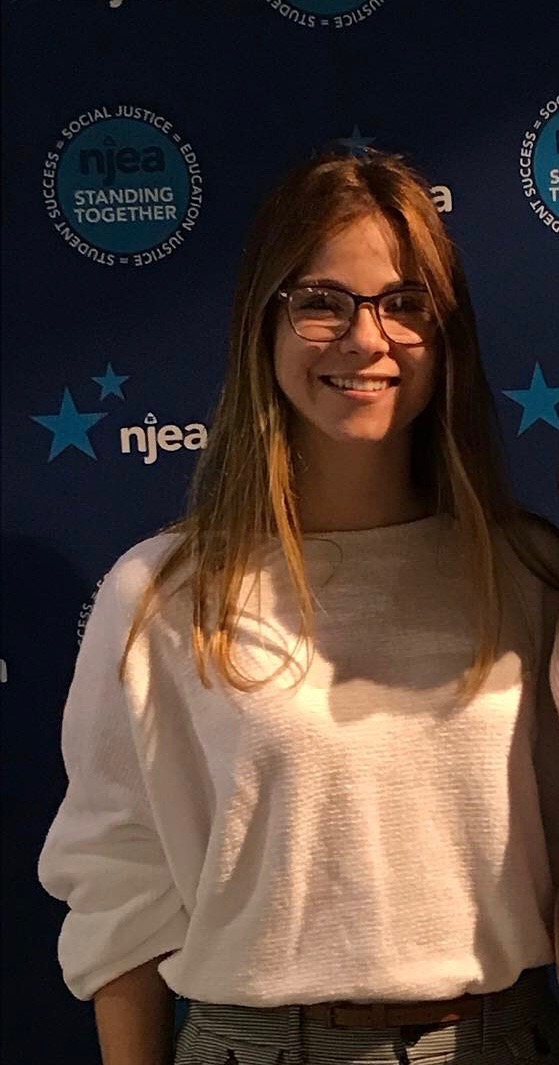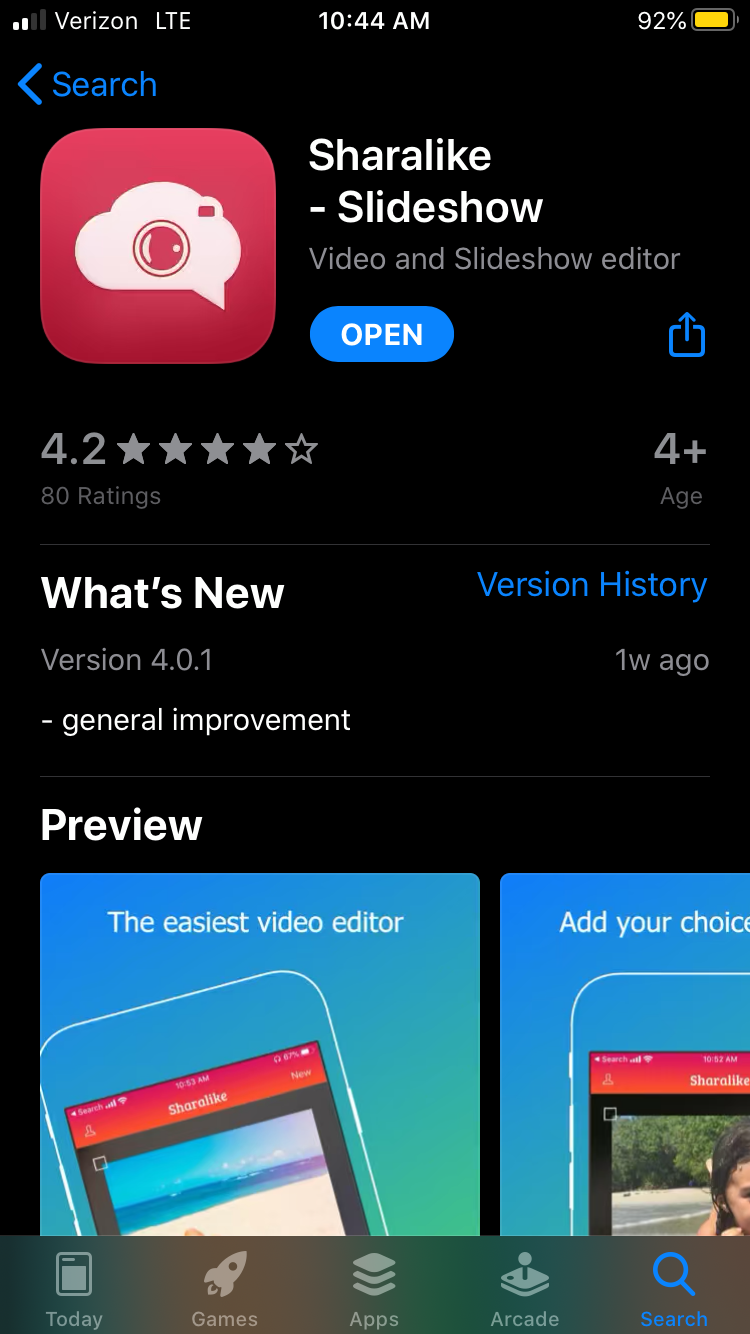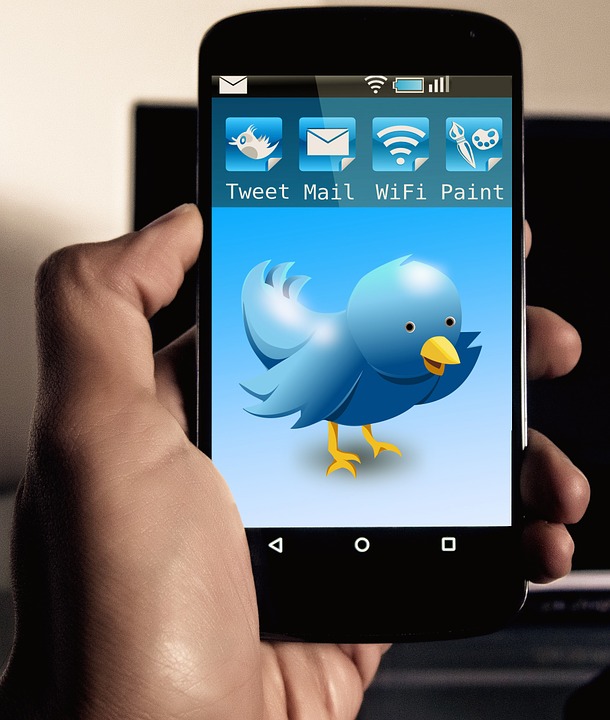Hello and welcome back to my LAST blog!
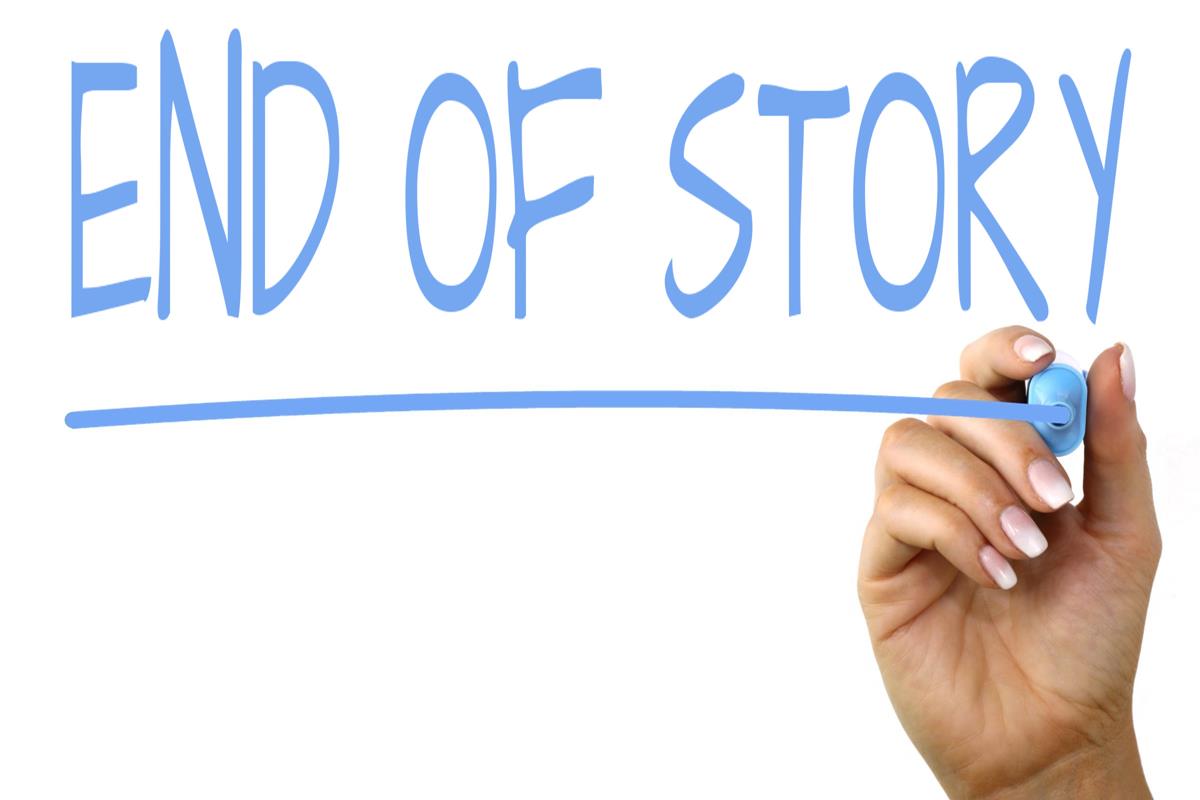
In this blog, I will be talking about several case studies that revolve around global learning and the Global Education Conference.
I hope you enjoy!
To start off let’s talk about the Global Education Conference!
What is it? It is a worldwide community initiative that involves students, educators and organizations at all levels.
Who invented it? Two people named Steve Hargadon and Lucy Gray created this conference.
What does it do? This conference was made to help increase the number of opportunities for connecting school classes while also teaching and raising awareness on diversity and educational access to all.
Why is this helpful? This Conference is helpful because it allows for students and educators to make connections with others while always being aware and taught on diversity and education access.
What do I think? I believe this conference is a great tool that every educator and student should be aware of. It is important to know about diversity because we encounter it every day! It’s also important to learn about education access as students may not understand that not everyone has access to education throughout the world.
Now let’s talk about some case studies and how this Global Education Conference can help!

Let’s focus mainly on one case study from “The Global Educator” book written by Julie Lindsay.
Case Study 4.3- this case study talked about the Think Global School, also known as TGS. This school travels around the world and their location is what their learning is based on. This means that they are using the fullest extenct of place-based learning. This school only has 60 students and 12 teachers… it’s relatively small. However, with it being such a small size it allows for them to relocate easier and change their lessons and goals quicker!
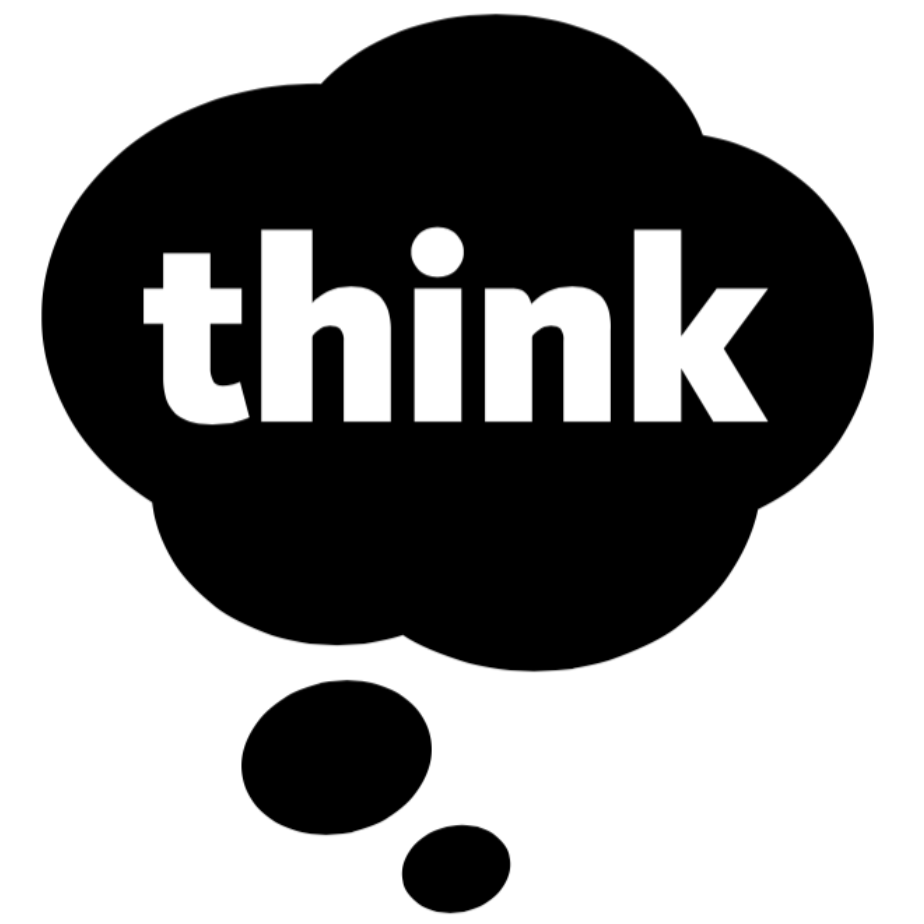
This school is also equipped with technology. Each student and teacher has a Macbook, iPad, and iPhone!

Key question:
DO I BELIEVE THAT THIS CASE SHOULD BE INVOLVED WITH THE GLOBAL EDUCATION CONFERENCE?
100% I believe that case study 4.3 should be involved with this conference. Since students and teaching are continuously traveling with the TGS they need to stay up to date and informed/educated on diversity especially in the areas they are traveling too! It is also important for students to know what other students around the world have access to when it comes to education. You don’t want them to make other students feel left out.
All in all, everyone who is involved in education or traveling should be involved with the Global Education Conference; however, this is just my opinion and not everyone is going to do this.

That’s it folks! I hope you enjoyed my last blog. 🙂
If you have any questions or just want to collaborate feel free to reach out on twitter! Have a great Holiday Season!
@RachelD98977467
